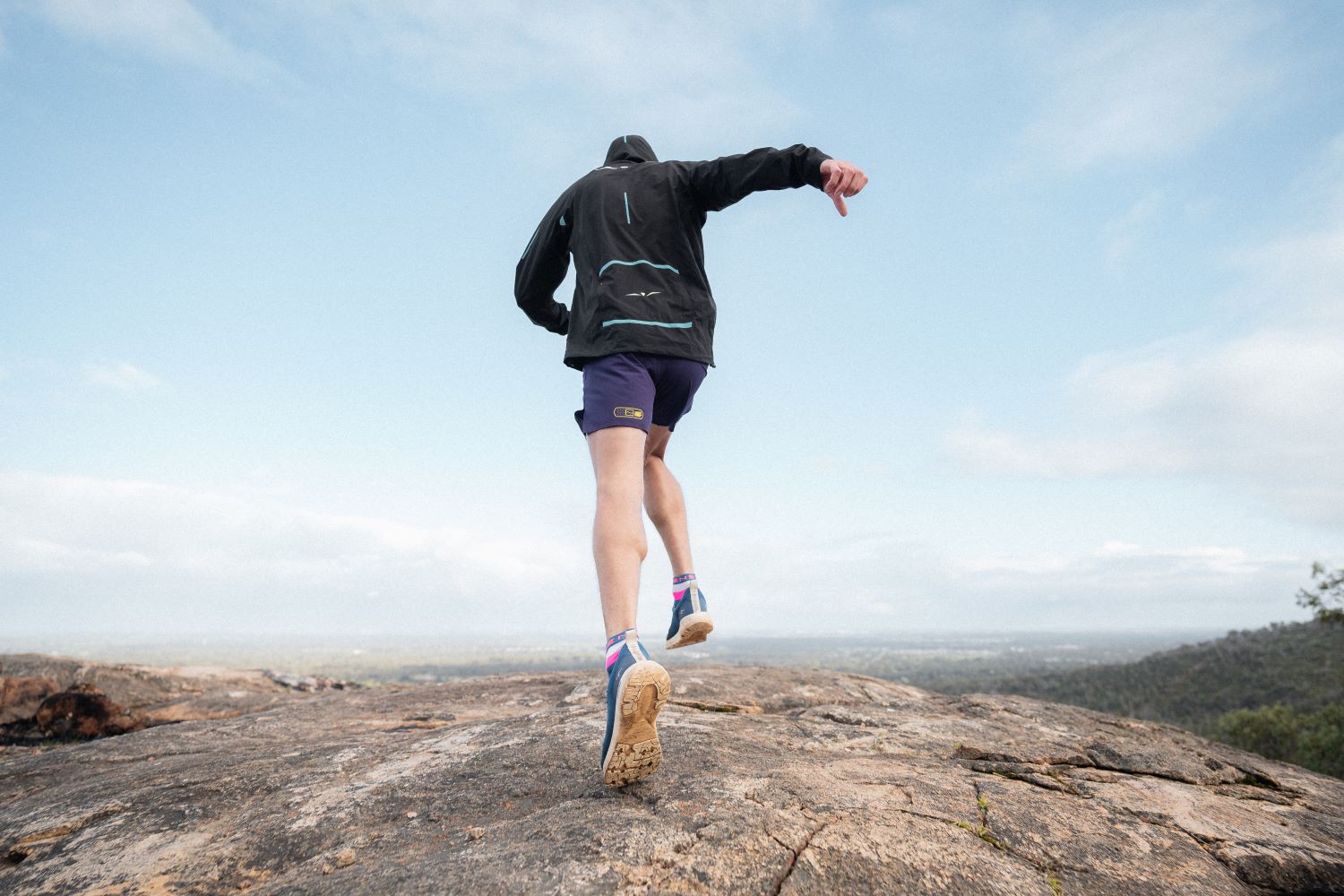As with any exercise or training program, it’s easy to fall into bad habits or practices, and this, of course, includes running. Both new and seasoned runners can fall into habits that can hinder their long-term performance and goals or even lead to injury.
This is why it’s essential to familiarize yourself with the best practices for the sport and to stay up to date with any new industry research or findings. Just as you might explore research others have done for online casinos (for instance, BonusFinder has written about them), before investing time and energy into playing, you should do the same with running.
Here are ten things you’ll want to avoid doing as a runner.
1. Eating Right Before a Run
Fueling up for runs is essential, but eating right before you lace up your sneakers and head outside isn’t ideal. While running, your body prioritizes blood flow to your muscles rather than your digestive system, slowing digestion and causing discomfort. If you need to eat before running—because you’re running later in the day rather than first thing in the morning, for instance—it’s best to eat an hour and a half to two hours beforehand. If you’re running first thing in the morning, you don’t typically need to eat before your run.
2. Drinking Too Much Water Before a Run
Similar to how overeating before running can hinder your performance, drinking too much water or other drinks can also hinder your experience. The biggest concern here isn’t that you’ll be uncomfortable (though that is a possibility). Instead, it’s about the need to use the washroom in the middle of your workout. It’s best to sip water and limit your intake half an hour before running. After a run, drink plenty of water to replenish your hydration levels.
3. Not Going to the Washroom Before a Run
Nothing’s worse than settling into the running zone only to realize you have to stop everything to find a bathroom. Stopping at the restroom before you start your warm-up can help you avoid this common running pitfall (odds are, most runners you know have learned the importance of this by experiencing it firsthand).
4. Warming up With Static Stretches
For a long time, static stretches, or stretches where you hold positions for a short amount of time, typically from a sitting or standing position, were considered the best way to warm up your muscles before a run. More recently, research has shown that dynamic stretches are far more effective for runners. Dynamic stretches involve light movements that engage the muscles you use for running, preparing them for the more vigorous running movement.
5. Ignoring Pain
It’s easy to chalk up pain to muscle use or your body adjusting to a new physical activity, but it’s important to acknowledge any pain you encounter while running. Sometimes it’s simply the discomfort of training, but often, pain is a sign that something needs to change. That something can vary from taking it easy for a few weeks with reduced running times or taking a complete hiatus, and other times, it could mean you need to change your form or add more cross-training activities to strengthen certain areas of your body.
It’s best to visit a physical therapist if you’re encountering pain. They can provide a proper assessment of your specific concerns and needs.
6. Wearing the Wrong Shoes
The shoes you wear on your run can have a significant impact on your comfort, performance, and longevity as a runner. If you wear the wrong style or a pair that is too old, it can set you up for injuries. Older shoes lose their cushioning over time, making running harder on your joints, so replacing them every 300 to 350 miles is important. When it comes to finding the right shoe style for you, you may want to visit a specialist who can analyze your gait to help you select the best option to support your run.
7. Wearing the Wrong Clothing
Dressing appropriately for the weather are important considerations to ensure you’re comfortable and safe. In colder weather, you typically want to dress as if it’s 10 degrees warmer than it is, as you’ll warm up while running. Similarly, you’ll want to wear lightweight and light-colored clothing in hot weather to keep yourself cool. Regardless of the season, you’ll also want to ensure you’re wearing quick-dry materials to help wick away sweat and prevent chafing.
8. Using Poor Form
Poor running form can slow your pace and cause long-term injuries, but it’s also incredibly common in runners—particularly towards the end of a run when they’re fatigued. To avoid this, a general rule of thumb is to ensure you’re keeping your upper body upright and aligned over your hips and feet, with your arms at a 90-degree angle by your waist. When it comes to your stride, ensure you’re landing on the ball of your foot rather than your heels, and keep your strides on the shorter side.
9. Overtraining
When you first fall in love with running, it’s all you want to do. You want to progress quickly and might even skip rest days. The problem with this is that you end up overtraining, which can lead to long-term injuries. Be sure you give yourself plenty of rest days and slowly increase your mileage, allowing you to enjoy running for years to come.
10. Not Getting Enough Rest
If you’re not getting enough sleep or rest, you’re hindering your progress. Although it may not feel like it, sleeping and taking days off can be incredibly productive in meeting your running goals. Both allow your body to recover and repair so you can return stronger.
Conclusion
Whether you’re new to running or have been doing it for years, be sure to avoid these ten common mistakes to shape and maintain a lifelong running habit and have more enjoyable runs.






















